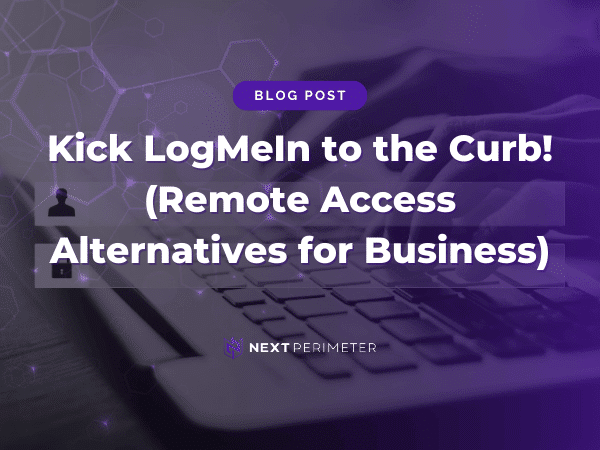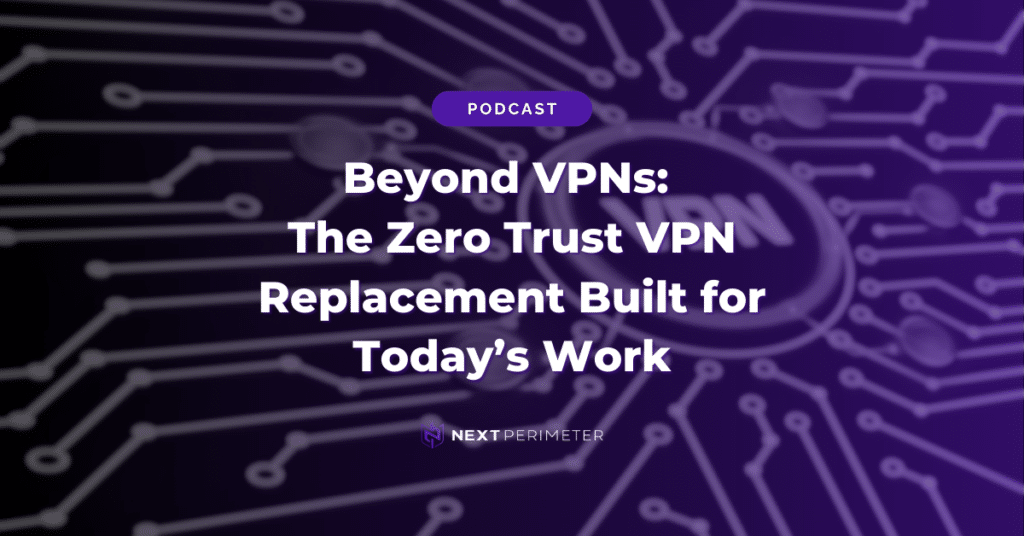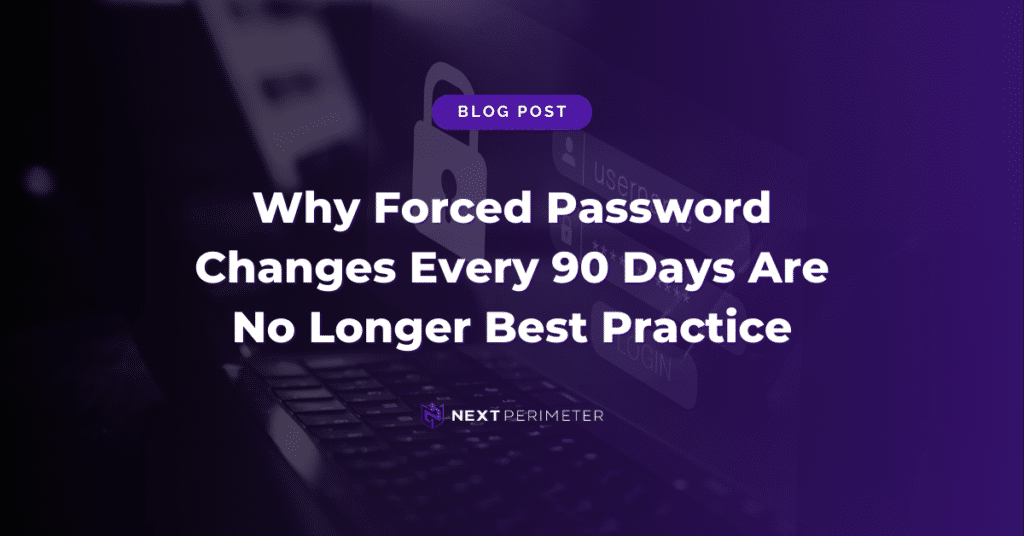If you work from home or travel for work, you have had exposure to remote access software. It’s the ability to access your work computer from another computer or device over the Internet.
If so, you may have heard of LogMeIn, one of the leading providers of remote access software. Over the past few years, LogMeIn has been increasing the price of their services, and in some cases by a considerable amount.
If you’re reading this, you probably have seen your latest bill and are looking for an alternative to LogMeIn.
Note: This article is intended for users looking to access their computer remotely. If you require screen sharing for remote desktop support, please contact us.
Other Remote Access Providers
It’s worth mentioning that LogMeIn is not the only provider of remote access software and services. Providers like TeamViewer and Splashtop have gained popularity since LogMeIn began their price hikes. Each offers similar services to LogMeIn.
When working with any third-party provider, you run the risk of their prices going up as well. They may look like a great alternative now, but you don’t know they will be in a year or two.
That’s why we recommend to our clients to bring remote access control in-house. You probably already have everything you need.
Alternative to LogMeIn and Other Remote Access Providers
When we say you probably have everything you need to bring remote access control in-house, we mean it. All you need is an Internet connection (what business doesn’t), Windows Professional on your computers, and a static IP for your office.
Since you probably already have these components in your business, you’ll provide remote access to all your employees without the monthly fees that a provider would charge for the same service. You’ll also cut out the middleman when it comes to security, ensuring you have the right procedures and software in place.
To achieve the best possible remote access experience, you’ll want to combine a Virtual Private Network (VPN) with the Remote Desktop Protocol (RDP). Let’s go over these components in a little more detail.
Remote Access Through Windows
When we say you probably have everything you need to bring remote access control in-house, we mean it. All you need is an Internet connection, Windows Professional on your computer(s), and to make the setup bulletproof and easy you’ll also want a static IP and VPN capable firewall.
Most businesses already have these components allowing them to provide remote access to all employees without the monthly fees that a provider would charge for the same service. You’ll also cut out the middleman when it comes to security, ensuring you have the right procedures and software in place.
To achieve this for the best possible remote access experience, you’ll want to combine a Virtual Private Network (VPN) with the Remote Desktop Protocol (RDP). Let’s go over these components in a little more detail.
Added Security with a Virtual Private Network
Having a secure connection is crucial to keeping your network and company data safe. For this you’ll want to implement a Virtual Private Network (VPN) allowing guests from the internet to safely access your network remotely.
An easy way to visualize a VPN is to think of it as an access code to a building. With the VPN (code) you can access all areas of the network (building) – meanwhile inside the building there will be doors (your computer being one) which you can then enter if you have permission.
Installing a VPN cuts out the middleman for remote access, it’s your network and information; you should decide what security measures are put in place to keep them safe. A VPN does just that and also allows you to access more than just that one computer (think printers and scanners for example).
RDP and VPN Working Together
Using RDP over a VPN is the best way for secure remote access control and access to your network. You add an extra step of security without opening up the chance of an unwanted visitor knocking directly on the doors of your computers – you keep them at the gate.
For a business-grade VPN firewalls we recommend SonicWall. They come in various flavors depending on the size of your network. There are other vendors out there, so you’ll need to peek in your network closet to see what you already have and whether it can host a VPN for your remote users.
Out with LogMeIn, In with RDP and VPN
With a little bit of planning and configuration a VPN + RDP will allow you to ditch the remote access provider, their never-ending price hikes and limited feature set. You already have an Internet connection, and the software is mostly already included in your network/operating system.
For many businesses, the talent to set this up may be outside of your reach. Our team designs and maintains this exact type of setup for thousands of users. Talk with a Next Perimeter specialist today about our network management solutions at 888-286-4816
Need Any More Reasons to Switch?
Are you still not convinced about leaving LogMeIn and bringing remote access control in-house? Check out what former customers had to say about one of the recent price hikes.




